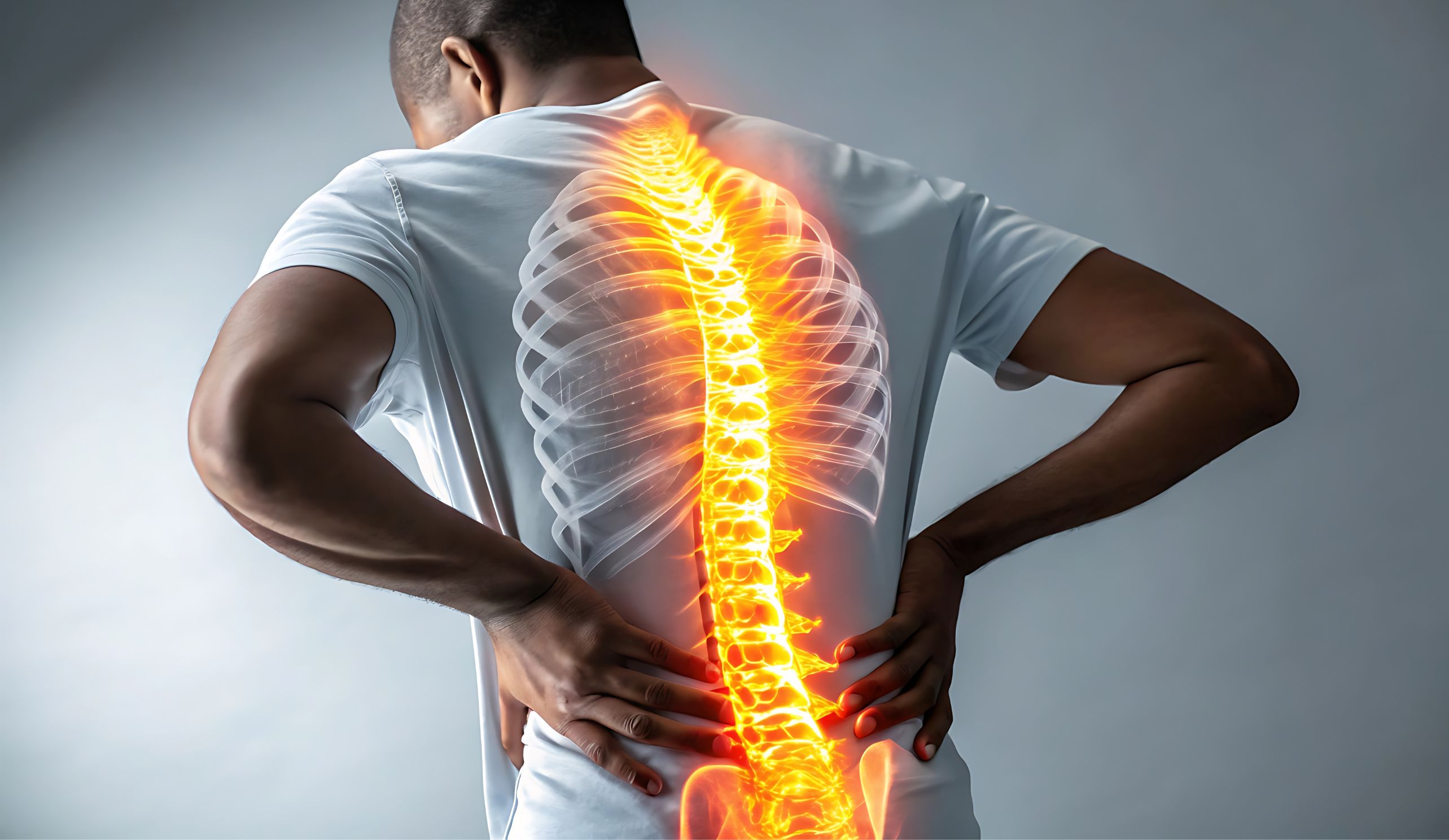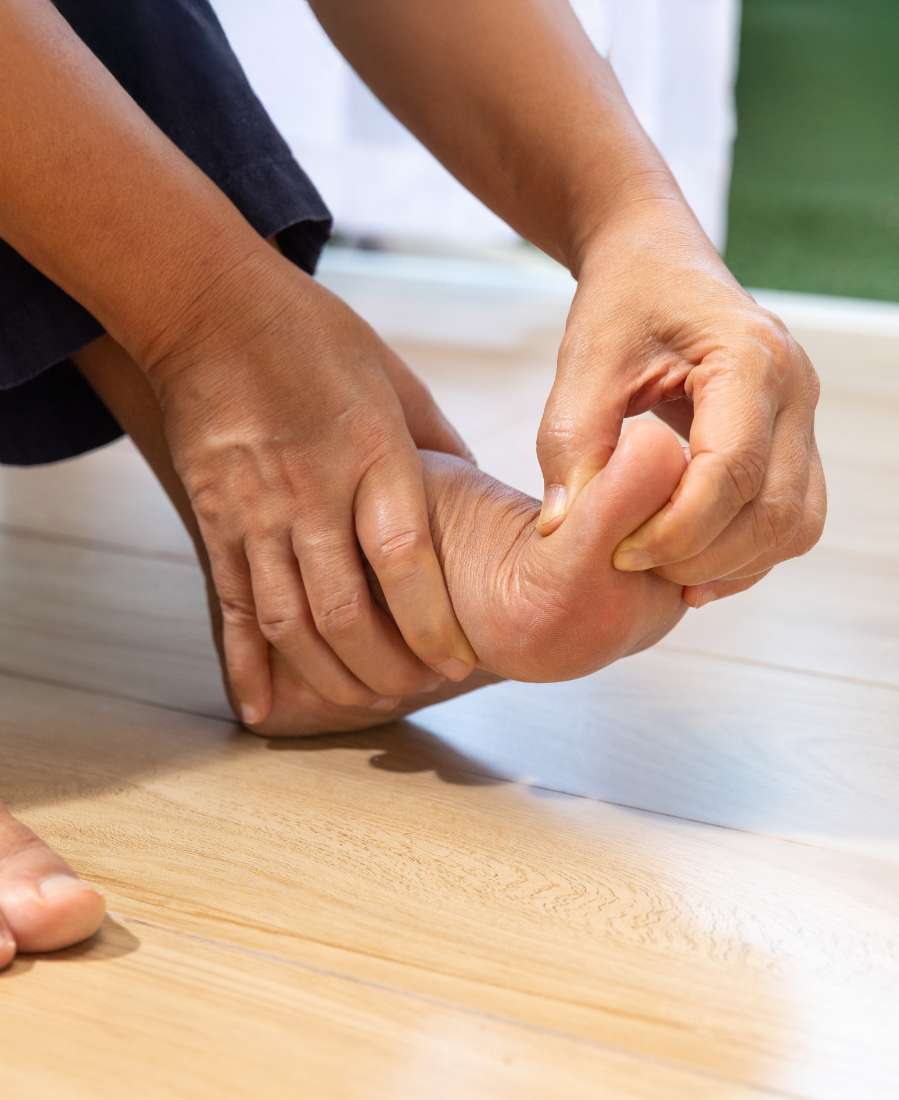Lower Crossed Syndrome
The Hidden Posture Problem Behind Your Back and Hip Pain

Lower Crossed Syndrome: The Hidden Posture Problem Behind Your Back and Hip Pain
If your lower back aches after sitting, your hips feel tight, or your stomach seems to “stick out” even when you’re fit, it’s not just bad posture.
You might be dealing with Lower Crossed Syndrome (LCS), one of the most common, overlooked causes of chronic back pain and core weakness.
What Is Lower Crossed Syndrome?
Lower Crossed Syndrome is a muscle imbalance pattern that develops when certain muscles become too tight and others too weak.
It “crosses” through the body like an X:
- Tight hip flexors (front of the hips) and tight lower back muscles form the upper part of the X
- Weak abdominals and weak glutes form the lower part
This imbalance pulls your pelvis forward into an anterior tilt, exaggerating your lower back curve and straining your spine, hips, and even knees.
Common Signs and Symptoms
- Constant tightness in your hip flexors or lower back
- Weak or “flat” glutes that don’t activate during movement
- Belly that sticks out despite good fitness
- Swayback posture or exaggerated lower back arch
- Low back pain, hip stiffness, or hamstring strain
- Difficulty standing for long periods without discomfort
Over time, this imbalance changes how you move, walk, and stabilize your core, setting the stage for disc stress, sciatica, or pelvic dysfunction.
Why It Happens
In today’s world, Lower Crossed Syndrome is almost epidemic.
Long hours of sitting, driving, or looking at screens keep your hip flexors shortened and your glutes disengaged. Add stress, weak core muscles, or poor ergonomics, and the imbalance grows.
Your body adapts but in all the wrong ways.
Why Ignoring It Makes Things Worse
When your pelvis tilts forward, your spine compensates and every step reinforces the dysfunction. Over time:
- Discs and joints degenerate faster from uneven load
- Nerve irritation in the lower spine increases
- Athletic performance drops due to poor power transfer
- Pain creeps upward into the mid-back, shoulders, or neck
The longer you wait, the harder it becomes to retrain these muscles back into balance.
How Active Family Chiropractic & Acupuncture Helps
We start with a no-guess assessment, which includes posture analysis, muscle testing, and diagnostic x-rays (when needed) to see exactly how your spine and pelvis are aligned.
From there, your personalized care plan may include:
- Chiropractic adjustments to realign the pelvis and spine for proper movement
- Targeted rehab and stability exercises to activate weak glutes and core muscles
- Stretching and mobility work to release tight hip flexors and lumbar muscles
- Acupuncture (select clinics) to reduce inflammation and improve muscle function
- Lifestyle coaching on workstation setup, sitting habits, and posture cues
Our goal: restore your alignment, retrain your muscles, and help your body move the way it was designed, without pain holding you back.
Don’t Wait Until Pain Becomes Permanent
Lower Crossed Syndrome rarely fixes itself. The longer your muscles pull unevenly, the more your spine adapts and not in your favor.
Don’t wait until your pain becomes chronic. Call today to schedule your full posture and spinal evaluation:
- Grand Island: (308) 384-4955
- Hastings: (402) 249-5500
- Kearney: (308) 222-4400
- Columbus: (402) 265-6800
.png)


